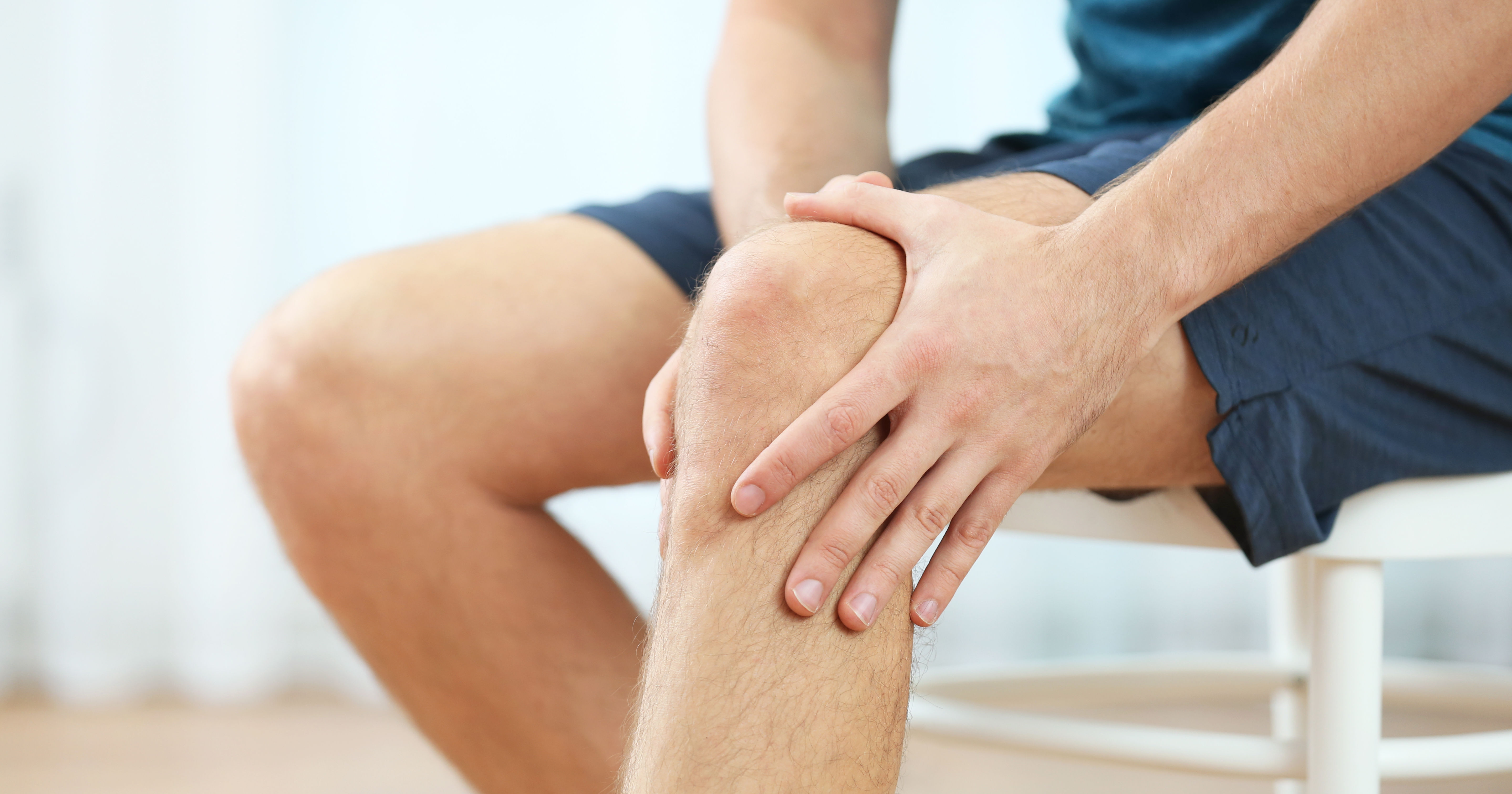
Iliotibial band syndrome (ITBS) occurs as a result of overuse. It affects the connective tissue on the outer part of the thigh and knee and typically causes pain just above the knee joint. The
Encyclopedia Britannica notes that it is most likely to occur in runners and cyclists.
Anatomy
The iliotibial band runs from the iliac crest in the pelvis to the top part of the shinbone. It stabilizes the knee, helps move the hip away from the mid-line and is important for proper knee flexion and extension. ITBS occurs in athletes whose activities require considerable knee flexion. Distance
runners, cyclists, tennis players, skiers, and power-lifters may all be susceptible to ITBS.
Symptoms of Iliotibial Band Syndrome
The typical onset of ITBS is very subtle and it can be difficult to diagnose. Friction from the iliotibial band moving across the bony projection of the femur near the knee causes inflammation and pain in the knee. However, there may also be a pain in the hip. Palpating the hip and length of the band may cause pain. An MRI may show both acute and chronic inflammation.
Risk Factors
Anatomical characteristics such as pre-existing tightness or weak knee extensor and hip muscles may contribute to ITBS. Bow-leggedness and limb-length discrepancies can also be an issue. Exercise techniques, such as the height of a bicycle seat, or running on hills or sloping pavement, can increase the risk of ITBS.
Therapy
Conservative therapy is usually helpful in ITBS. The activity that provokes the pain must be avoided, at least temporarily, to help diminish inflammation. Ice also helps reduce inflammation and pain. Chiropractic treatment can be useful if the patient has any alignment issues that are contributing to the problem.
Physical therapy to stretch and strengthen muscles is a key component of treatment. Adjusting the seat often helps solve the problem for cyclists. Runners should avoid running in one direction on a banked surface such as a road or track and avoid hills.
Dr. Shane Silver and his team offer a variety of treatments for ITBS. If you think you might have ITBS, please
contact us today for an appointment.




